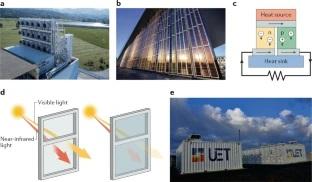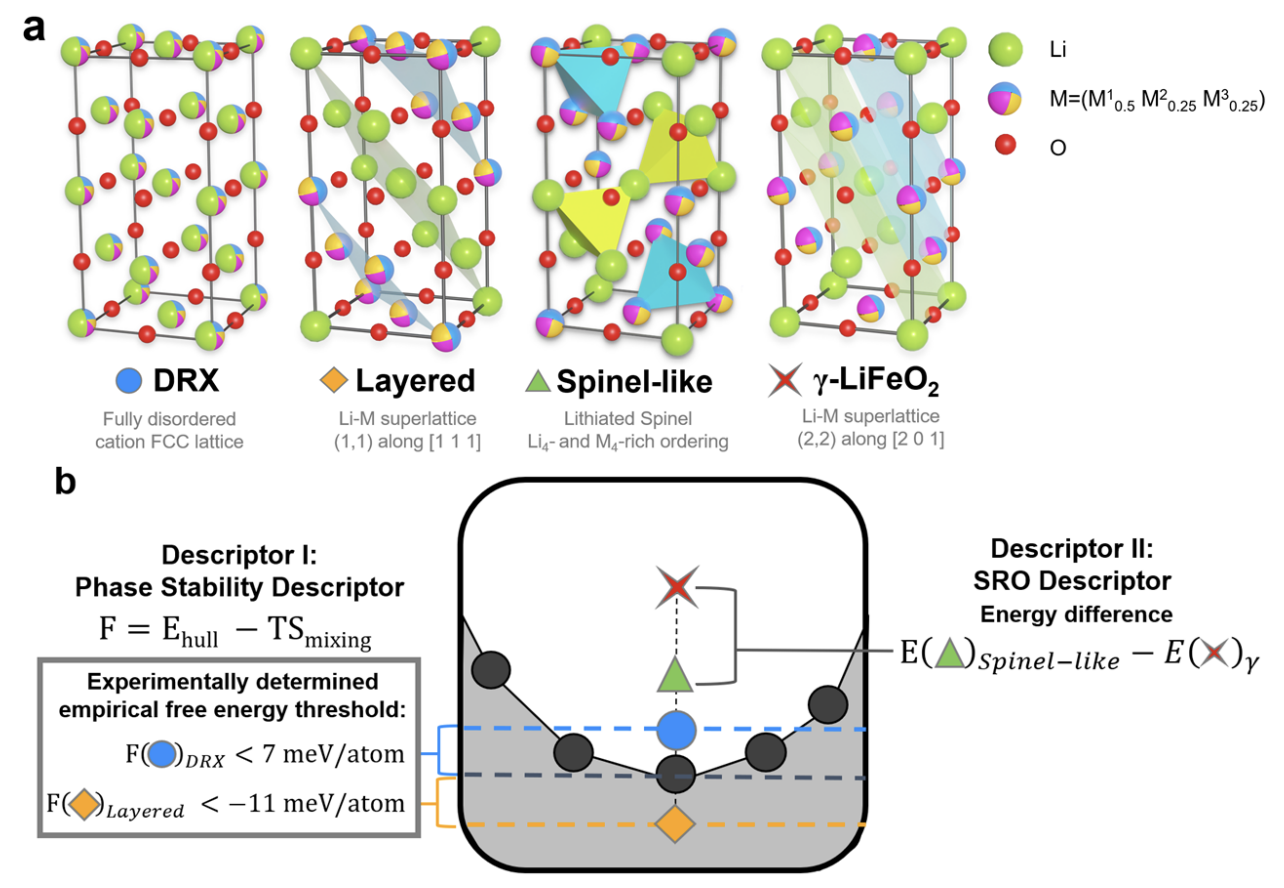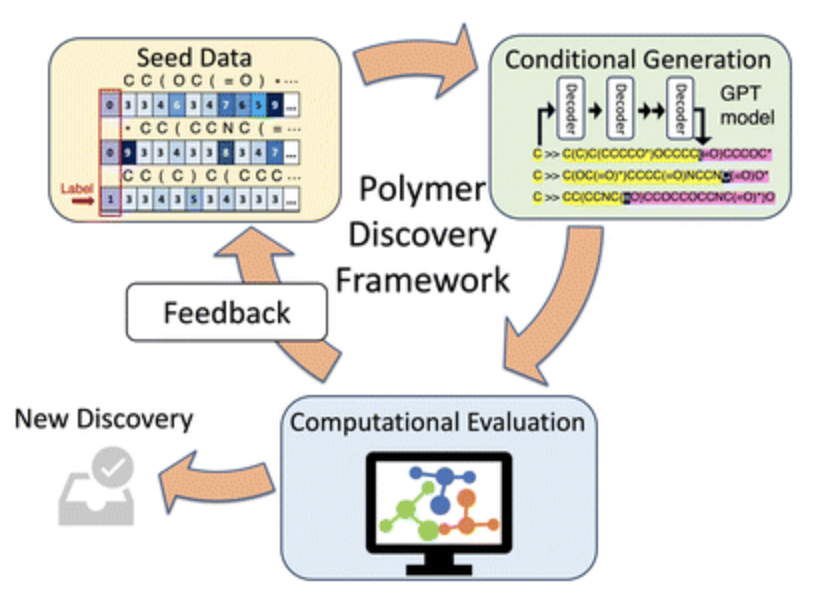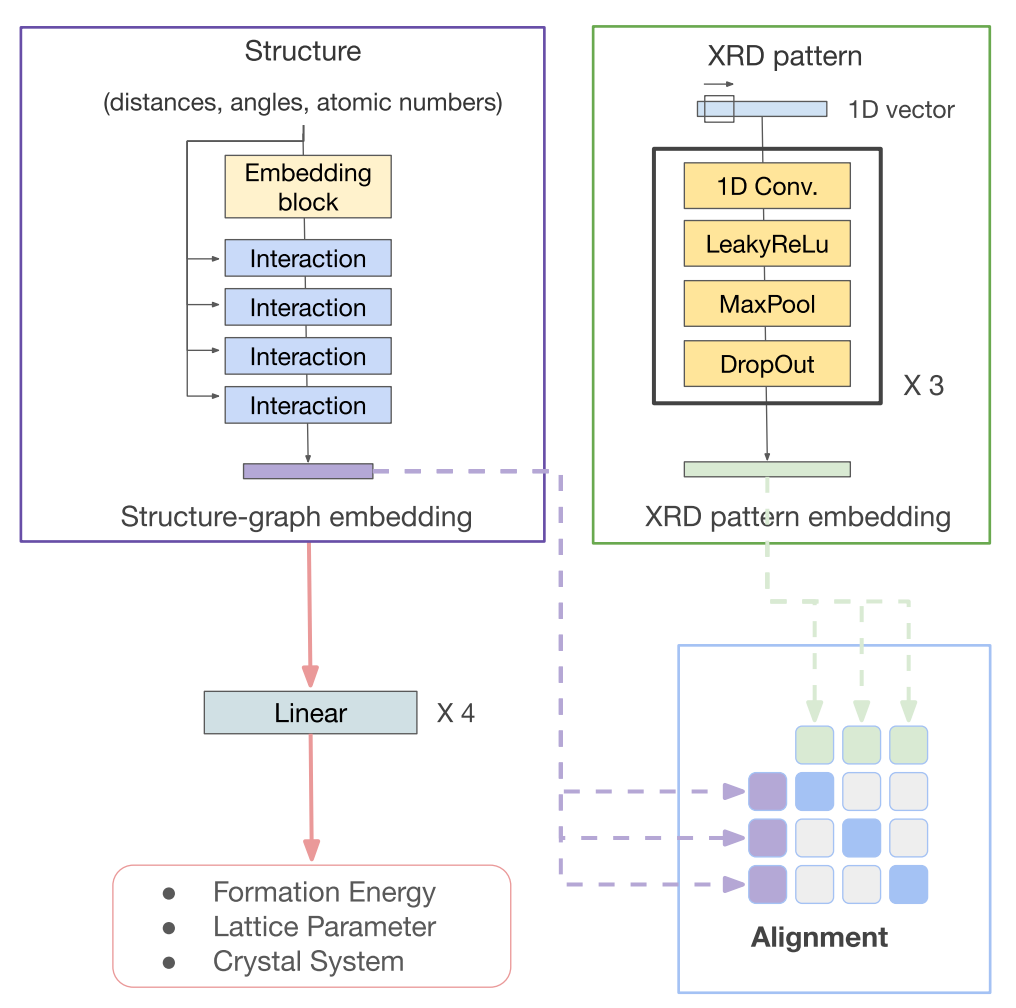
TRI Author: Muratahan Aykol
All Authors: Daniel P Tabor, Loïc M Roch, Semion K Saikin, Christoph Kreisbeck, Dennis Sheberla, Joseph H Montoya, Shyam Dwaraknath, Muratahan Aykol, Carlos Ortiz, Hermann Tribukait, Carlos Amador-Bedolla, Christoph J Brabec, Benji Maruyama, Kristin A Persson, Alán Aspuru-Guzik
The discovery and development of novel materials in the field of energy are essential to accelerate the transition to a low-carbon economy. Bringing recent technological innovations in automation, robotics and computer science together with current approaches in chemistry, materials synthesis and characterization will act as a catalyst for revolutionizing traditional research and development in both industry and academia. This Perspective provides a vision for an integrated artificial intelligence approach towards autonomous materials discovery, which, in our opinion, will emerge within the next 5 to 10 years. The approach we discuss requires the integration of the following tools, which have already seen substantial development to date: high-throughput virtual screening, automated synthesis planning, automated laboratories and machine learning algorithms. In addition to reducing the time to deployment of new materials by an order of magnitude, this integrated approach is expected to lower the cost associated with the initial discovery. Thus, the price of the final products (for example, solar panels, batteries and electric vehicles) will also decrease. This in turn will enable industries and governments to meet more ambitious targets in terms of reducing greenhouse gas emissions at a faster pace. Read More
Citation: Tabor, Daniel P., Loïc M. Roch, Semion K. Saikin, Christoph Kreisbeck, Dennis Sheberla, Joseph H. Montoya, Shyam Dwaraknath et al. "Accelerating the discovery of materials for clean energy in the era of smart automation." Nature Reviews Materials 3, no. 5 (2018): 5-20.


